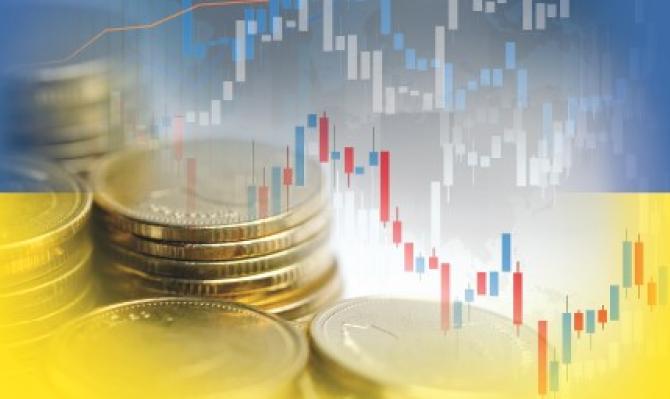The war between Russia and Ukraine will slow the recovery of the Spanish economy
The outbreak of war between Russia and Ukraine requires a revision of the outlook for the Spanish economy, despite the high uncertainty surrounding the scope and duration of the impact.

The outbreak of war between Russia and Ukraine requires a revision of the outlook for the Spanish economy. The impact of the conflict, the scope and duration of which are still uncertain, is materialising primarily through three channels. Firstly, as a net importer of commodities such as natural gas and oil, our country will have to pay more for energy.1 Secondly, the uncertainty surrounding the conflict and its own implications will erode economic agents’ spending decisions. Finally, the conflict will also reverberate through the trade channel: although the direct exposure of Spanish exports and imports to and from Russia and Ukraine is limited, the deterioration of the international economic environment and the disruptions that may occur in global supply chains could have a significant impact.2
When the macroeconomic environment is so closely linked to the evolution of a particular factor – in this case the war – it is impossible to present a forecast scenario that is not subject to an assumption about that factor’s evolution. Our scenario is based on the assumption that we will begin to see a de-escalation of the conflict by the middle of this year. This hypothesis is reflected in energy price forecasts. While in this scenario we expect the average Brent oil price for the year as a whole to be 105 dollars (slightly over 15 dollars above what we were expecting prior to the conflict), by December 2022 the price of crude oil would be around 90 dollars a barrel.
- 1For more information on the impact of an increase in oil and gas prices on our economy, see the Focus «The impact of a rise in the price of oil and gas in Spain: possible scenarios» in the MR03/2022.
- 2By way of example, Russia is a major global exporter of some of the main industrial metals: neon (70%), palladium (46%), crude nickel (28%), platinum (15%), aluminium (10%) and gold (9%). Although Spain’s direct imports of these commodities from Russia are virtually nil, the impact could reach us through global production chains, since these materials are used in the early stages of the production chains of intermediate products that are used in various sectors further down the chain.
Spain: macroeconomic projections
The table shows the forecasts for the new scenario. As can be seen, we have revised annual GDP growth down by 1.3 pps to 4.2%. The increase in the price of energy explains 0.8 of these 1.3 pps. The rest can be attributed to the other channels: greater uncertainty, the trade channel and the supply chain disruptions. Nevertheless, despite the revision, the expected growth for the year as a whole remains substantial, at over 4%. A new phase of the pandemic, the savings accumulated over the past two years, the deployment of European funds and the recovery of tourism will continue to provide significant support for the recovery.

The slowdown in economic activity will have a knock-on effect on the labour market. Employment growth is expected to moderate by just under 1 pp, to around 2%. Despite this revision, some 211,000 jobs are still expected to be created by the end of the year. The downward revision of employment growth is slightly lower than that of GDP. Although the sensitivity of employment growth to GDP growth in Spain has traditionally been greater than 1, during the COVID-19 crisis in 2020 employment showed less sensitivity than in the past. This lower sensitivity reflects the flexibility provided by the ERTE furlough schemes, which allowed the labour market to accommodate changes in the number of hours worked, thereby mitigating the impact on jobs. Thus, to the extent that this flexibility mechanism remains in place (RED mechanism), the sensitivity of employment to GDP should be more consistent with that experienced recently. Overall, the revision of employment leads to an unemployment rate of 13.6% for 2022. This is slightly higher than previously anticipated, but it still represents a decrease of more than 1 pp compared to 2021 (14.8%).
Finally, the rise in energy and food prices, together with the contagion effect that these dynamics could have on the other components of the CPI, are expected to push average inflation in 2022 to close to 7%. However, these forecasts have been produced before the announcement of the new fiscal measures at the end of March, so they do not incorporate their impact on inflation or economic activity. We also have not anticipated the impact which any potential measures introduced to moderate electricity prices may have. In this regard, the new forecast scenario could be considered conservative. For 2023, lower oil and gas prices compared to the previous year would lead to a significant moderation in inflation, potentially bringing it to around 1%, although core inflation would be above 2.0%.
However, all of these forecasts are subject to a high degree of uncertainty, and the extent of the effects of the conflict will depend on how it develops and the impact of the sanctions, as well as the scope of any measures introduced by the EU and the national government to mitigate its consequences.
